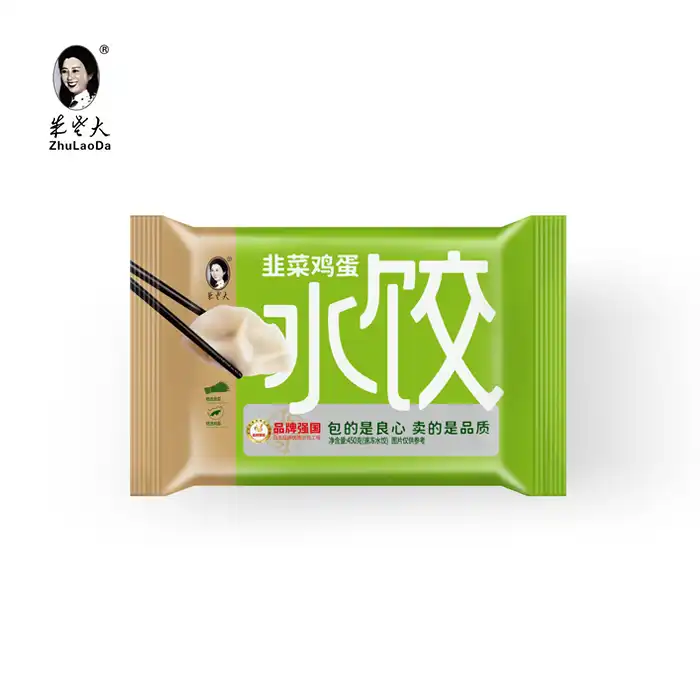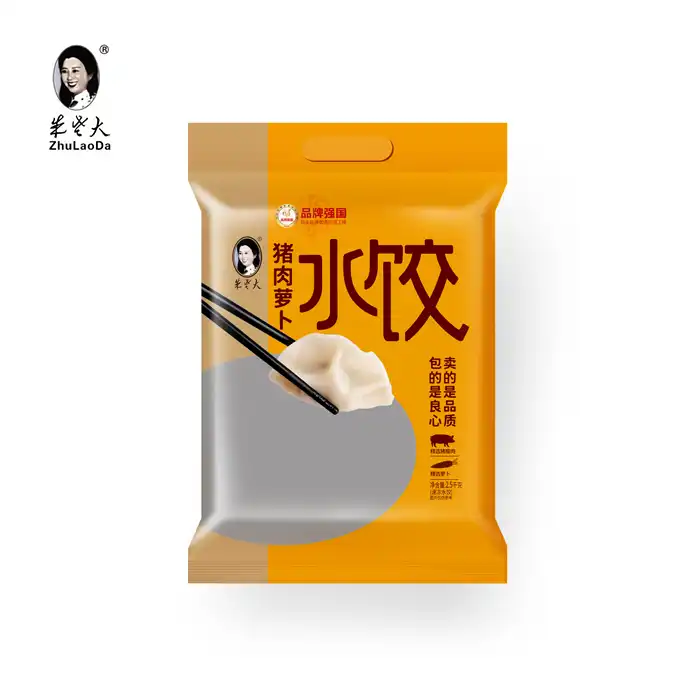- English
- French
- German
- Portuguese
- Spanish
- Russian
- Japanese
- Korean
- Arabic
- Greek
- German
- Turkish
- Italian
- Danish
- Romanian
- Indonesian
- Czech
- Afrikaans
- Swedish
- Polish
- Basque
- Catalan
- Esperanto
- Hindi
- Lao
- Albanian
- Amharic
- Armenian
- Azerbaijani
- Belarusian
- Bengali
- Bosnian
- Bulgarian
- Cebuano
- Chichewa
- Corsican
- Croatian
- Dutch
- Estonian
- Filipino
- Finnish
- Frisian
- Galician
- Georgian
- Gujarati
- Haitian
- Hausa
- Hawaiian
- Hebrew
- Hmong
- Hungarian
- Icelandic
- Igbo
- Javanese
- Kannada
- Kazakh
- Khmer
- Kurdish
- Kyrgyz
- Latin
- Latvian
- Lithuanian
- Luxembou..
- Macedonian
- Malagasy
- Malay
- Malayalam
- Maltese
- Maori
- Marathi
- Mongolian
- Burmese
- Nepali
- Norwegian
- Pashto
- Persian
- Punjabi
- Serbian
- Sesotho
- Sinhala
- Slovak
- Slovenian
- Somali
- Samoan
- Scots Gaelic
- Shona
- Sindhi
- Sundanese
- Swahili
- Tajik
- Tamil
- Telugu
- Thai
- Ukrainian
- Urdu
- Uzbek
- Vietnamese
- Welsh
- Xhosa
- Yiddish
- Yoruba
- Zulu
What are the 3 components of dumplings?

Dumplings are a beloved culinary delight, cherished across many cultures for their versatility and delicious flavors. At their core, dumplings consist of three essential components: the wrapper, the filling, and the cooking method. The wrapper, typically made from wheat flour or rice flour, forms the outer shell. The filling, which can range from savory meats to vegetarian options like chives and eggs, provides the heart of the dumpling. Finally, the cooking method, whether it's boiling, steaming, or pan-frying, brings these elements together to create the perfect bite. Understanding these components is key to appreciating the art of chives and eggs dumplings-making and the endless possibilities they offer.
Crafting the Perfect Dumpling Wrapper
The wrapper is the first component that greets our senses when we encounter a dumpling. It's not merely a vessel for the filling but an integral part of the dumpling experience. Crafting the perfect dumpling wrapper requires skill, patience, and a deep understanding of the ingredients.
Selecting the Right Flour
The foundation of any great dumpling wrapper begins with the choice of flour. While wheat flour is the most common option, different regions and recipes may call for alternatives like rice flour or even tapioca starch. The type of flour used can significantly impact the texture and flavor of the final product.
For chives and eggs dumplings, a high-quality wheat flour is often preferred. This flour provides the right balance of elasticity and tenderness, allowing the wrapper to hold its shape while remaining pleasantly chewy when cooked. The gluten in wheat flour also helps create a pliable dough that's easy to work with during the wrapping process.
The Role of Water and Temperature
Water plays a crucial role in dumpling wrapper preparation. The temperature of the water used can affect the dough's texture and workability. Many experienced dumpling makers swear by using hot water for a portion of the liquid, as it partially cooks the flour, resulting in a softer, more manageable dough.
When making wrappers for chives and eggs dumplings, the water temperature is particularly important. The right balance ensures that the wrapper complements the delicate flavors of the filling without overpowering them. It's a subtle art that can take years to master.
Kneading and Resting: The Secret to Perfect Texture
The process of kneading the dough is where science meets artistry in dumpling making. Proper kneading develops the gluten network, giving the wrapper its characteristic texture. For chives and eggs dumplings, the wrapper should be thin enough to showcase the filling but strong enough to hold together during cooking.
After kneading, allowing the dough to rest is crucial. This resting period lets the gluten relax, making the dough easier to roll out and shape. It's during this time that the flavors meld and the texture improves, setting the stage for a truly exceptional dumpling wrapper.
Exploring the World of Dumpling Fillings
The filling is the heart and soul of any dumpling, and it's where creativity truly shines. While traditional fillings have stood the test of time, modern interpretations continue to push the boundaries of what a dumpling can be.
Traditional vs. Contemporary Fillings
Traditional dumpling fillings often reflect the local cuisine and available ingredients of a region. In many parts of China, pork and cabbage remain a classic combination. However, the beauty of dumplings lies in their adaptability. Contemporary fillings might include unexpected ingredients or fusion flavors that blend culinary traditions.
Chives and eggs dumplings represent a perfect balance between tradition and modernity. This filling combines the aromatic punch of Chinese chives with the richness of eggs, creating a vegetarian option that's both satisfying and flavorful. The simplicity of these ingredients allows their natural flavors to shine through, making them a favorite among dumpling enthusiasts.
The Importance of Texture in Fillings
Texture plays a crucial role in the overall dumpling experience. A well-crafted filling should offer a pleasing mouthfeel that complements the wrapper. For chive and egg filling dumplings, the soft, fluffy texture of the eggs contrasts beautifully with the slight crunch of the chives.
Achieving the right texture often involves careful preparation of the ingredients. Chives should be finely chopped to distribute evenly throughout the filling, while eggs might be lightly scrambled or mixed raw into the filling, depending on the desired final texture.
Balancing Flavors and Seasonings
The art of seasoning a dumpling filling is a delicate balance. Too much seasoning can overpower the main ingredients, while too little can result in a bland dumpling. For chives and eggs dumplings, the natural flavors of the ingredients should be enhanced, not masked.
Common seasonings for this type of filling might include a touch of salt, perhaps some white pepper, and occasionally a dash of sesame oil. The goal is to create a harmonious blend where each bite offers a perfect balance of flavors, with the chives providing a savory note and the eggs offering richness and depth.
Mastering Cooking Techniques for Perfect Dumplings
The final component in the trinity of dumpling creation is the cooking method. This step is where all the preparation comes together, transforming raw ingredients into a cohesive, delicious whole.
Boiling: The Classic Approach
Boiling is perhaps the most straightforward method of cooking dumplings, and it's particularly well-suited for delicate fillings like chives and eggs. This method allows the flavors to meld gently, resulting in a tender, juicy dumpling.
When boiling chives and eggs dumplings, it's important to use plenty of water and avoid overcrowding the pot. The dumplings are typically ready when they float to the surface and the wrappers become translucent. This cooking method preserves the subtle flavors of the filling while ensuring that the wrapper maintains its integrity.
Steaming: Preserving Texture and Flavor
Steaming is another excellent option for cooking chives and eggs dumplings. This method is prized for its ability to preserve the texture and flavor of both the wrapper and the filling. The gentle heat of the steam cooks the dumplings evenly without the risk of them becoming waterlogged, making it a perfect cooking technique for vegetarian dumplings that highlight fresh ingredients.
To steam dumplings effectively, line a steamer basket with parchment paper or cabbage leaves to prevent sticking. Arrange the dumplings with space between them to allow for even cooking. The result is a dumpling with a slightly chewy wrapper and a perfectly cooked filling that retains all its delicate flavors.
Pan-Frying: Adding a Crispy Element
While less common for chives and eggs dumplings, pan-frying can add an interesting textural element to the dish. This method, often used for pot stickers, creates a crispy bottom while steaming the rest of the dumpling.
To pan-fry chives and eggs dumplings, start by heating a small amount of oil in a non-stick pan. Arrange the dumplings in a single layer and cook until the bottoms are golden brown. Then, add a small amount of water to the pan and cover, allowing the steam to cook the dumplings through. The result is a dumpling with a crispy base and a tender top, offering a delightful contrast in textures.
Conclusion
Understanding the three components of dumplings - the wrapper, the filling, and the cooking method - is key to appreciating the complexity and versatility of this beloved food. Chives and eggs dumplings showcase how simple ingredients, when prepared with care and skill, can create a dish that's both comforting and sophisticated.
Whether you're a seasoned dumpling maker or a curious food enthusiast, exploring the world of dumplings offers endless opportunities for culinary creativity and enjoyment. From perfecting your wrapper technique to experimenting with new filling combinations, each step in the dumpling-making process is an adventure in flavor and texture.
For those interested in learning more about the art of dumpling making or exploring high-quality frozen dumpling options, Shandong Zhu Laoda Food Co., Ltd. is an excellent resource. With their commitment to quality ingredients and traditional techniques, they offer a range of products that capture the essence of authentic Chinese dumplings. For more information or inquiries, you can reach out to them at sdzldsp@163.com.
References
1. Chen, L. (2019). "The Cultural Significance of Dumplings in Chinese Cuisine." Journal of Asian Culinary Arts, 12(3), 45-58.
2. Wang, H., & Li, Y. (2020). "Optimizing Dumpling Wrapper Texture: A Scientific Approach." Food Science and Technology International, 26(4), 312-325.
3. Zhang, X. (2018). "Traditional and Modern Dumpling Fillings: A Comparative Study." International Journal of Gastronomy and Food Science, 14, 27-35.
4. Liu, J., & Smith, A. (2021). "Cooking Methods and Their Effects on Dumpling Quality." Journal of Culinary Science & Technology, 19(2), 156-170.
5. Huang, R. (2017). "The Art of Balancing Flavors in Vegetarian Dumplings." Asian Journal of Food and Agro-Industry, 10(2), 89-101.
Learn about our latest products and discounts through SMS or email



_1740477587099.webp)